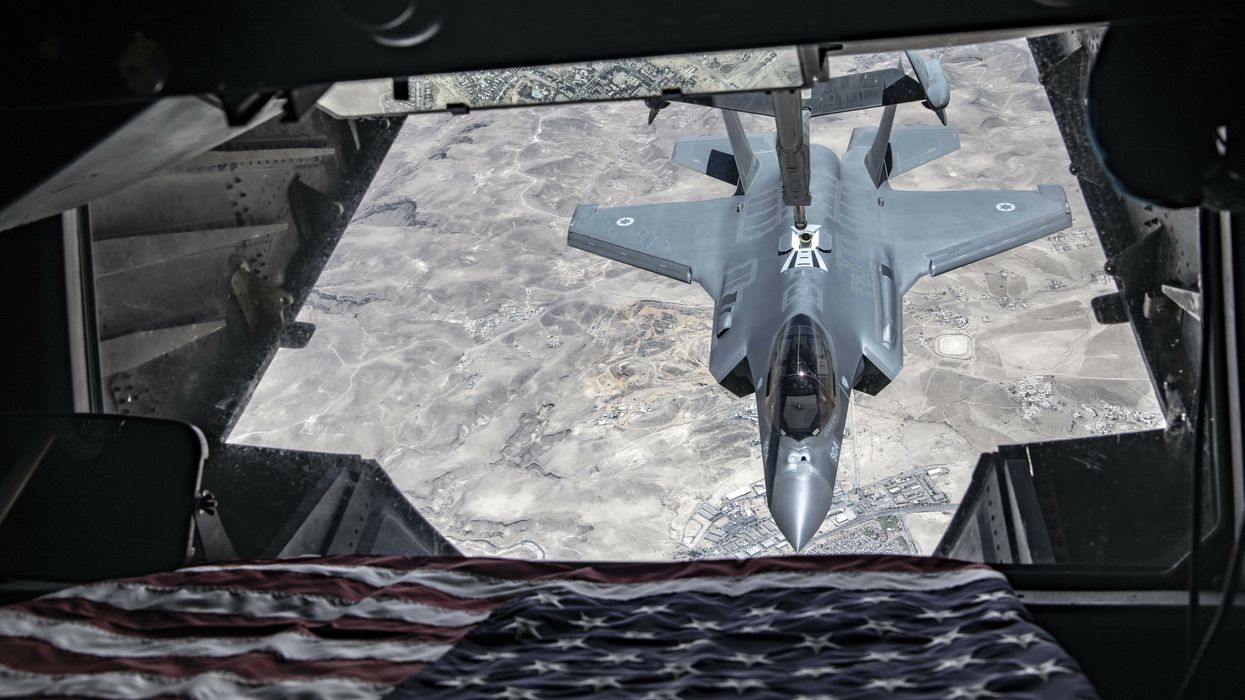Those who say that Taiwan is a vital U.S. interest often cite the island’s strategic location, the U.S.’ moral obligation to defend it as a long-time ally, and the need for the U.S. to maintain credibility as a partner that will come to the defense of its allies.
But as Michael Swaine says in a new Quincy Institute video below, the U.S. has no formal security treaty agreements with Taiwan, whereas it does with Japan and South Korea — countries that do not want the U.S. to go to war with China. And, Swaine adds, these arguments are inadequate when weighed against what a conflict with China over Taiwan would actually look like.
War with China would be a “really major destructive war, a magnitude of destruction in life and property and a disruption of the international system that goes beyond anything that we've really seen since World War Two,” Swaine says. “Up to $10 trillion — 10% of global GDP — could be wiped away. You could have deaths in the many thousands on both sides.”
“If you're going to go to war with the Chinese over this issue, it had better be a vital interest of the United States. It's an important interest. It’s not a vital interest.”
Video produced by Khody Akhavi, senior video producer at the Quincy Institute for Responsible Statecraft
















